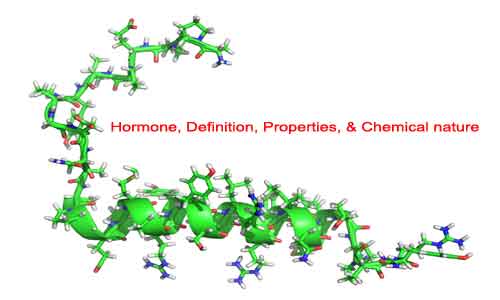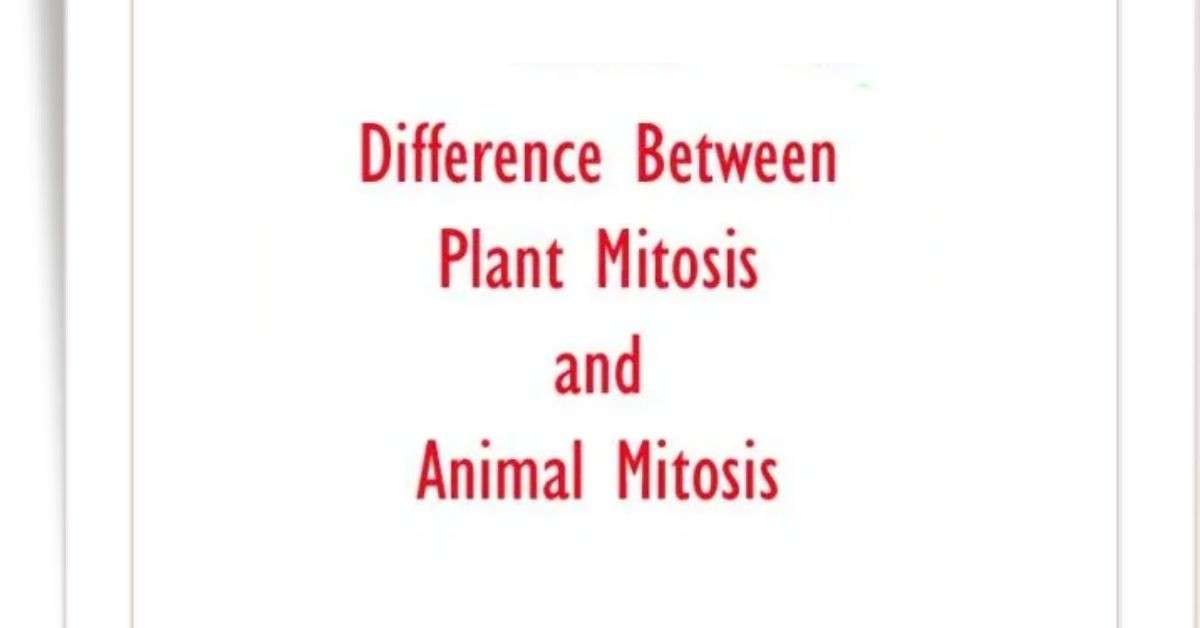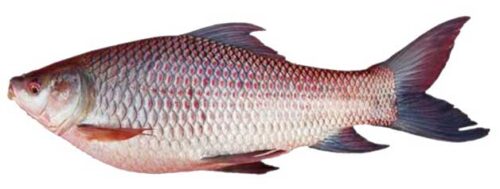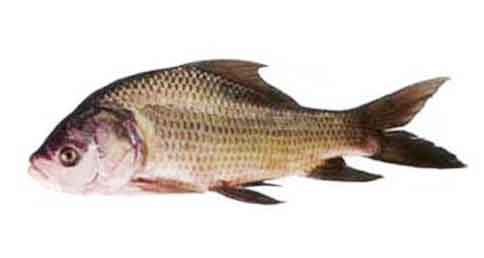Hormone, Definitions, Properties and Chemical Natures
The word ‘Hormone’ is derived from Greek word ‘hormao’ which means “I impel” or “I arouse to activity”. William M. Bayliss and Ernest H. Starling (1904) termed that important chemical substance as hormone though it was first proposed by W. B. Hardy. In animal physiology, it denotes a specific substance which is effective in a … Read more




